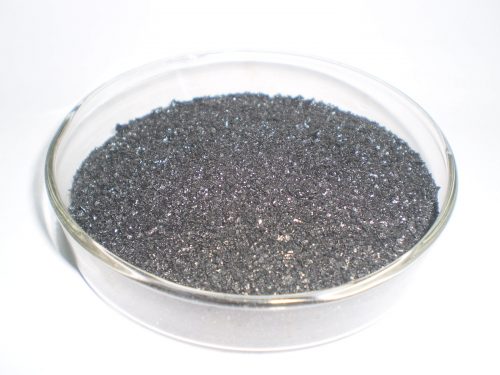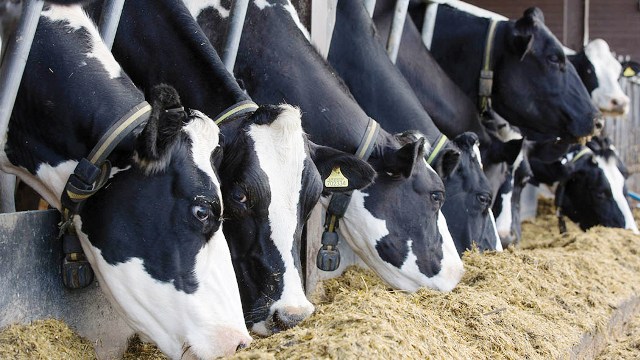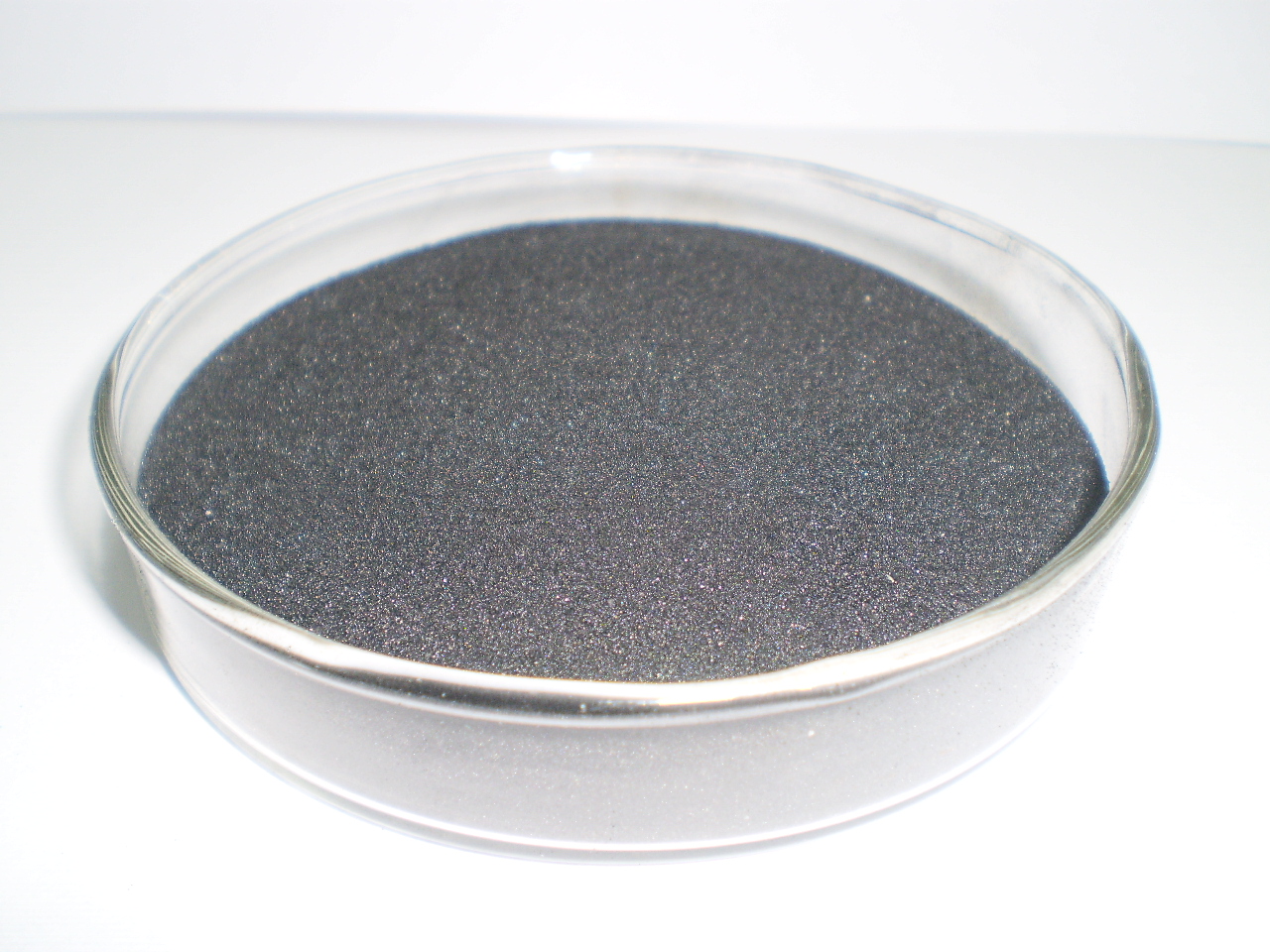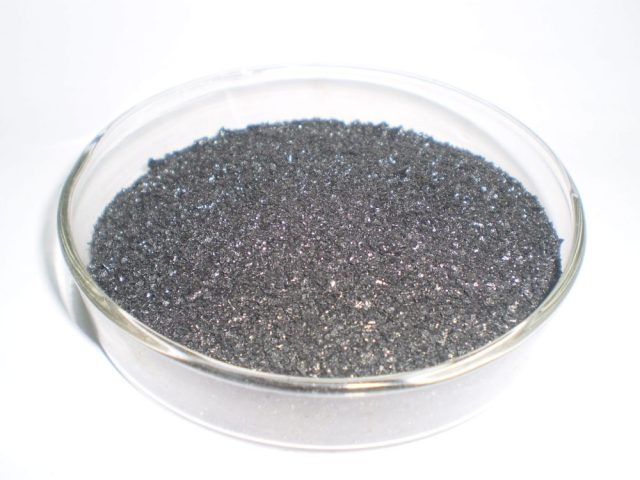The feed grade sodium humate product is a fully water-soluble black crystal and powder which can be used as a feed additive or as a drinking water additive.
Sodium Humate functions
- Sodium humate promotes and improves feed conversion rate and improves meat quality
- Sodium humate promotes the effective absorption of nutrients by various organs and organs, and improves milk, hair quality and yield.
- Sodium humate reduces ammonia emissions and odors
- Sodium humate The feed grade humic acid product has antibacterial and anti-inflammatory effects, which can improve the body immunity of cattle and sheep and reduce the use of antibiotics.
- Sodium humate feed grade humic acid products can effectively reduce and control various diseases of cattle and sheep.
- Sodium humate can reduce the risk of diarrhea in the first month at the beginning of the cow’s birth.
- Sodium humate reduces the risk of mastitis and high somatic cell count during the milking period.
- Sodium humate can effectively prevent goat abortion during pregnancy and is a natural abortion agent.
- Sodium humate can effectively control intestinal diseases of lambs and dairy cows, especially dysentery.
- Sodium humate can effectively control and cure lamb stomatitis.
- Sodium humate can effectively prevent, control and treat the onset and spread of amniotic diseases with high incidence in winter.
Sodium humate applied to pigs
3 days after treatment of the pigs showed improvement of 95% cure rate of 23%, the cure rate of 90% after 6; pigs with conventional drug treatment only 26% cure rate after 6. The treatment method used for treatment of diarrhea is far superior to traditional treatment methods.
Sodium humate from natural, safe, no residue, no dr.ug resistance, is suitable for the current farming green additive products





